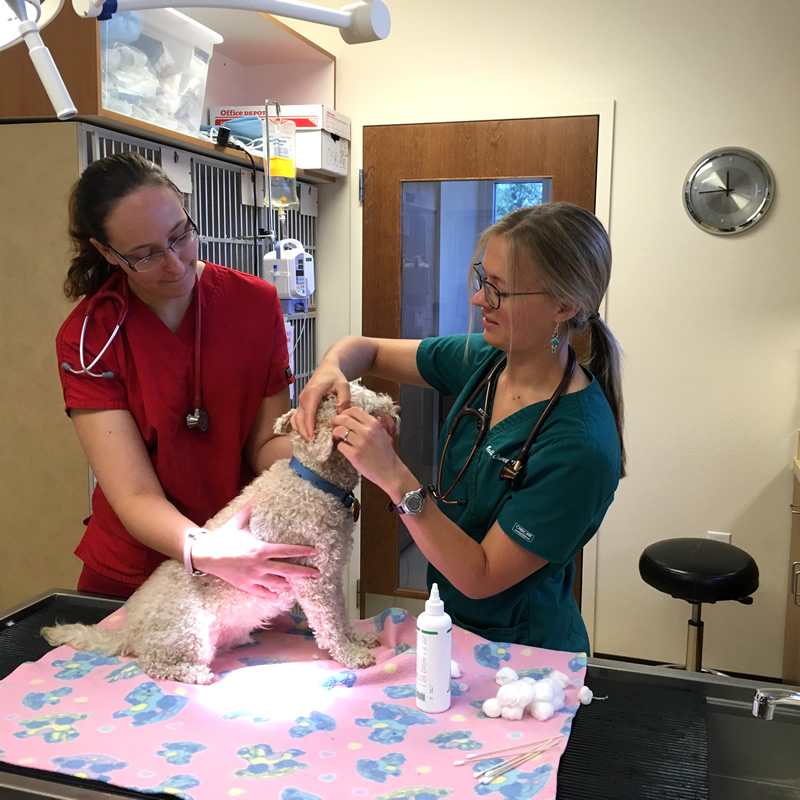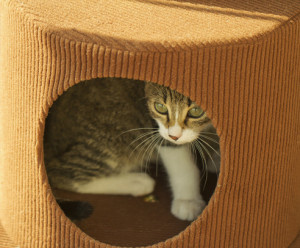
Small Easter Candies Warning
April 14, 2016
Tips on Cleaning Your Dog’s Ears
July 1, 2016Did you just Adopt a Cat? You need to be prepared. Learn what to do when you are getting a new cat and bringing it home for the first time.
Like a good Scout, Be prepared should be your motto when bringing a new pet into your home. Felines are sensitive to new surroundings and some may hide under a bed or in a closet for days and sometimes even weeks until they feel comfortable with where they landed. You can help your new cat adapt more easily by following these guidelines:
What To Expect – The First 30
Be Sure To Prepare Before You Bring Your Cat Home:

Your Cat May Hide Out for a While
Cats are territorial, and coming into a new environment leaves them feeling unsettled. There are some many unknowns, and they don’t know what may lurk there. Provide a small area to call his own for the first few days or weeks. Put in the space all of the kitty essentials, such as food, water and a litter box. Spend time with your cat, so make sure there’s a comfortable place for you to sit as well.
Fill a litter box with one or two inches of litter and place it in his room where he can use it undisturbed. Set up a feeding station with food and water bowls. Locate it away from the litter box.
“A new cat may hideout for days or weeks before they are comfortable with their new environment.”
Look at your house with a curious cat’s eye view for its climbing and exploring potential. When your cat is acclimated to your home, you may be surprised to find him on top of the upper kitchen cabinets, so make sure there’s nothing on display there or on other high shelves that can be damaged or knocked off. Look for holes or registers that leave ductwork accessible and cover them up. A kitten can easily slither into one of these. Bone up on how to introduce your cat to other pets. Keep her door closed and don’t let your other pets race in unexpectedly.
First Day:
Now, you’re ready to bring your cat home. Preferably, bring him or her home in a cat carrier. It will feel safer to her. Take her directly to her new room.Generally, you should restrict her exposure to the whole family, but of course, everyone is going to want to see the new pet. Remind them of the ground rules you’ve set up.
Sit on the floor and let her come to you. Don’t force her. Just let her get acquainted on her own time. If she doesn’t approach, leave her alone and try again later. Some cats are particularly frightened, and she may retreat to her hidey hole and not come out when you’re around at all. She may only come out at night when the house is quiet. Give her time.
Your newly adopted cat may not eat much or at all at first. It’s best to give your cat the same food she had at the shelter or in her foster home, at least at first. Keeping some things familiar will make her feel more secure. Be sure to change her water frequently and make sure that she is drinking. If your cat hasn’t eaten for a few days, call your vet to ask for advice.




